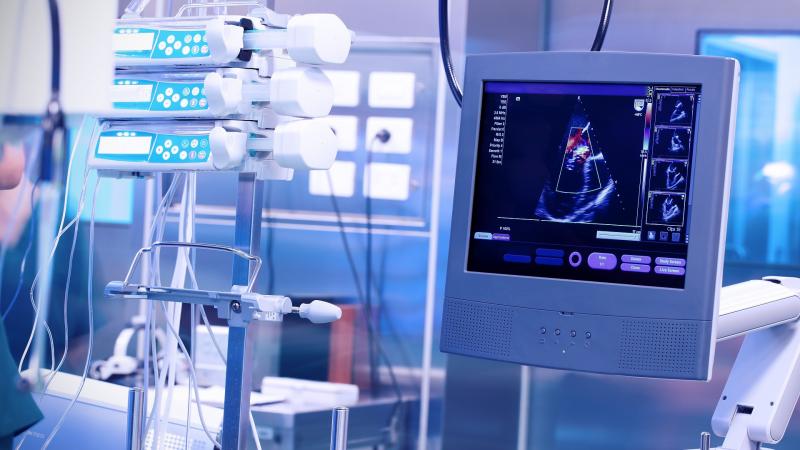Medical Device Vigilance – An Important Aspect of Medical Devices Quality, Safety and Performance
With the advancement in healthcare and medical technologies, medical devices industry plays a crucial role in delivering quality care to patients. However, alongside the benefits these devices provide, it is also important for manufacturers to continuously monitor the performance and safety of their devices even after they have been commercialized. This is where medical device vigilance comes into play.
What is Medical Device Vigilance?
Medical device vigilance refers to the systematic ongoing process of collection, investigation, evaluation, interpretation and assessment of data from medical devices throughout their lifecycle. The main purpose is to identify potential issues relating to quality, safety or unexpected performance of a device, which could impact public health. It helps ensure appropriate and timely corrective or preventive actions are taken by manufacturers to reduce risks and improve device safety and effectiveness.
Regulatory Framework
Most regulatory agencies around the world have established detailed frameworks and procedures for Medical Device Vigilance. In the USA, the FDA requires manufacturers to maintain a comprehensive post-market surveillance system to detect, evaluate, and report adverse events or product problems. In Europe, the EU Medical Device Regulations mandate mandatory vigilance systems for all manufacturers. They need to have a qualified person responsible for vigilance and must report any serious incidents to the relevant Competent Authority within defined timelines. Failure to comply can result in penalties or recalls.
Vigilance Processes
A robust vigilance system involves collection of field data through complaint handling, adverse event reporting, analyzing data for trends, risk assessment and initiating necessary corrective actions. Manufacturers are responsible for establishing processes to ensure prompt and effective reporting of all adverse events from healthcare facilities, users and other sources. They must also investigate the root cause of any issues and device failures to assess impact on safety and performance. Periodic review and evaluation help refine vigilance activities and risk minimization measures.
Vigilance Challenges
While medical device vigilance plays a vital quality role, there are certain practical challenges. Complete reporting of all adverse incidents may not always be possible due to under-reporting. Lack of standardized definitions and reporting formats across regions can impact data pooling for analysis. With increase in complex internet-enabled devices, remote and cybersecurity related issues pose new vigilance dimensions. Ensuring robust vigilance practices throughout global supply chains can also be difficult for multinational companies. Regulatory authorities are working to address these challenges through collaborative frameworks.
Medical device vigilance enables continuous monitoring and improvements in safety and performance outcomes for patients. With growing medical technology usage worldwide, it is critical for manufacturers to invest sufficiently in building effective post-market quality systems. Strict compliance to regulatory requirements and transparent oversight also help ensure public health protection. Vigilance practices will keep evolving to match the changing landscape and address emerging risks adequately.
Get more insights on this topic: Medical Device Vigilance
